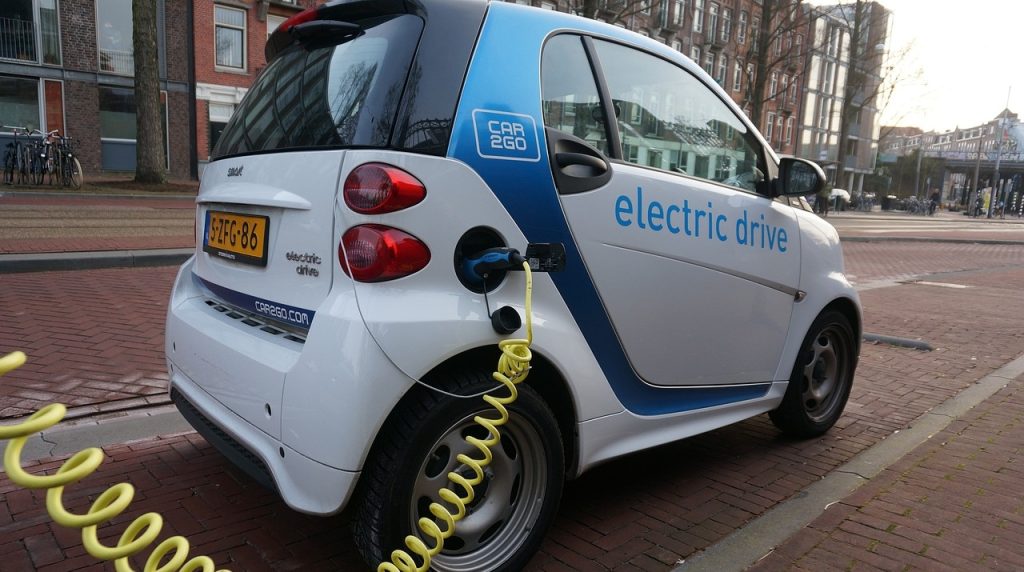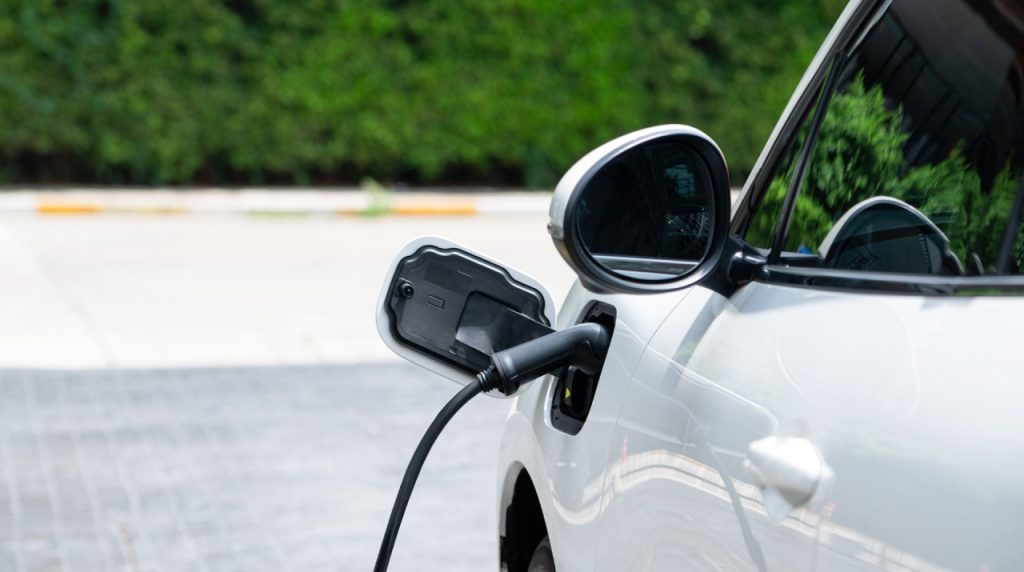Driving an electric car in the summer requires special attention to avoid practices that can damage the battery and other components of the vehicle. In light of this, Geotab has revealed five recommendations to maximize the care of your vehicle.
Adjusting route planning, considering charging conditions, avoiding fast driving, seeking shaded parking spots, and not overloading the vehicle are practices to maintain the performance and longevity of your electric car.
Related content | Geotab: Spain could avoid 19 million tons of CO2 thanks to electric mobility
Geotab’s Recommendations
In summer, adjusting your route planning is important due to climatic conditions, as high temperatures can affect battery efficiency, causing it to discharge faster than expected.
On the other hand, charging an electric car’s battery in summer requires more attention than in other seasons, as the charging process can be affected, increasing the risk of battery overheating. A common mistake is not monitoring the battery and charger status during this process.

Similarly, the temptation to enjoy the speed on clear summer roads can be strong, but fast driving significantly reduces battery range and increases the heat generated in the battery and motor. In high-temperature conditions, this can lead to overheating, which in turn can shorten the battery’s lifespan.
Leaving the electric car parked under direct sunlight is another common mistake that can negatively affect the vehicle, as it raises the internal temperature of the car and the battery, even when not in use. This overheating can deteriorate the battery in the long term and reduce its charge-holding capacity.
Finally, loading the car with too much weight puts additional pressure on the propulsion system and the electric car’s battery, as the heat already tests these components.
The extra weight reduces battery efficiency and increases the wear on the tires and suspension system.







